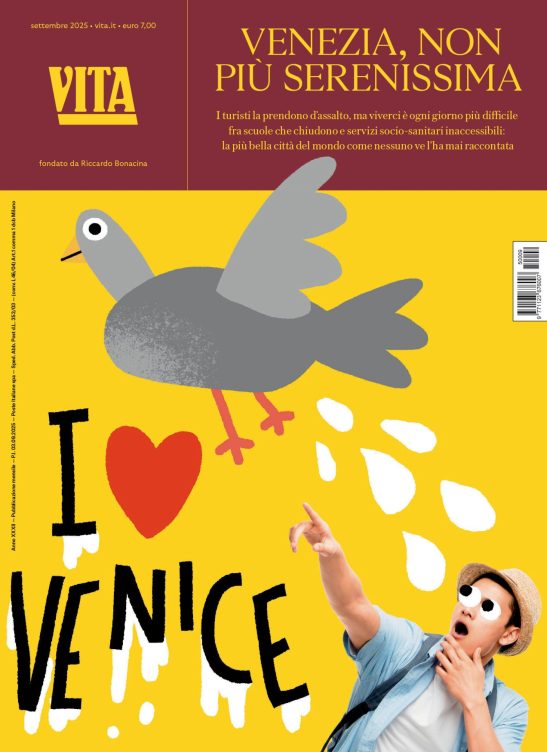Today my father called me to tell me about a Nun he’s helping to build a hospital with in Ethiopia. She received a delivery from an international building company offering help. However, she found chemical waste instead of building materials.
Are we not fed-up of treating Africa as a dump?
I’ve just finished investigating another case. One the largest Bank Foundations in Italy commissioned me to verify how a grant awarded to a local association had been spent. The local association received a grant to build an hospital in Kinshasa and train the medical staff. It took me a while and I had to mobilize my personal network across Europe and Africa to unmask the scam.
The naïve members of the local association have been fooled by a Congolese doctor who took the money to develop his own property and sent the pictures of another hospital built in the area to prove the diligent use of resources.
I can understand the Congolese guy. Having been trained in Italy, he must have learnt that honesty doesn’t pay back. but I don’t understand how the foundation had been so unprofessional. I read the project proposal. It was a joke. And there weren’t any systems in place to monitor a project implemented in such a challenging country.
Good will is not enough in Africa.
I’m involved in another enterprise which makes me think: Gum Arabic Fund. Father Giulio – I’m sure you remember him – has developed a new business model which combines international markets and local development. It’s a socially responsible fund to establish a fair trade certification for gum arabic.
OK, this is a long story. I cut it short. Gum arabic is an resin produced by the acacia tree, a bush growing in Sahel. Despite not having any local use, gum arabic has always been traded internationally because it’s a good natural emulsifier: you can mix 2 liquids that normally don’t mix, such as oil and vinegar, if you add gum arabic.
You need gum arabic to make Coca-Cola and it’s used by chemical and food beverage industries such as Nestlé.
Sudan, chad and Northern Nigeria are not only some of the most troubled countries in the world but also the best producers of gum arabic.
The fair trade certification aims primarily to stabilize the price to assure the supply for the international markets and security for local producers. Such a project can enhance local development increasing the income of local farmers without mentioning that it’s an alternative to desertification and stops desertification.
It looks like the perfect project but Father Giulio has struggled for the last 4 years to put together the capital to start. On one side, donors and foundations can’t commit funding because this is not a non-profit initiative. Investors are social but want a minimum return on the investments.
Moreover, it’s not sexy. You don’t save children and animals but change the trade rules. Boring!
On the other hand, main stream investors complain that they don’t make enough money.
It seems that there is no room for innovative projects. You do charity or pillage. There is not such a thing as sustainable development for Africa.
Perhaps it’s true but we don’t give up. This week we signed a contract with the UN Fund for Commodities. We’ve got a grant to develop the fair trade certification. The Dutch pension fund has committed funding if we find a second investor (but unfortunately this won’t be me!)
Africa is my passion. My stories don’t always have a happy ending but some end in a good laugh.
Many other countries in the world share the same sufferance. Recently an African NGO has been launched to help fellows in disgrace: Poveri Voi – you disgraced and poor. It offers humanitrian aid to Italians. The visionary leader offered help for young Italians using innovative methods such as distant adoption.
Perhaps, it’s true. The future is in Africa!
17 centesimi al giorno sono troppi?
Poco più di un euro a settimana, un caffè al bar o forse meno. 60 euro l’anno per tutti i contenuti di VITA, gli articoli online senza pubblicità, i magazine, le newsletter, i podcast, le infografiche e i libri digitali. Ma soprattutto per aiutarci a raccontare il sociale con sempre maggiore forza e incisività.
